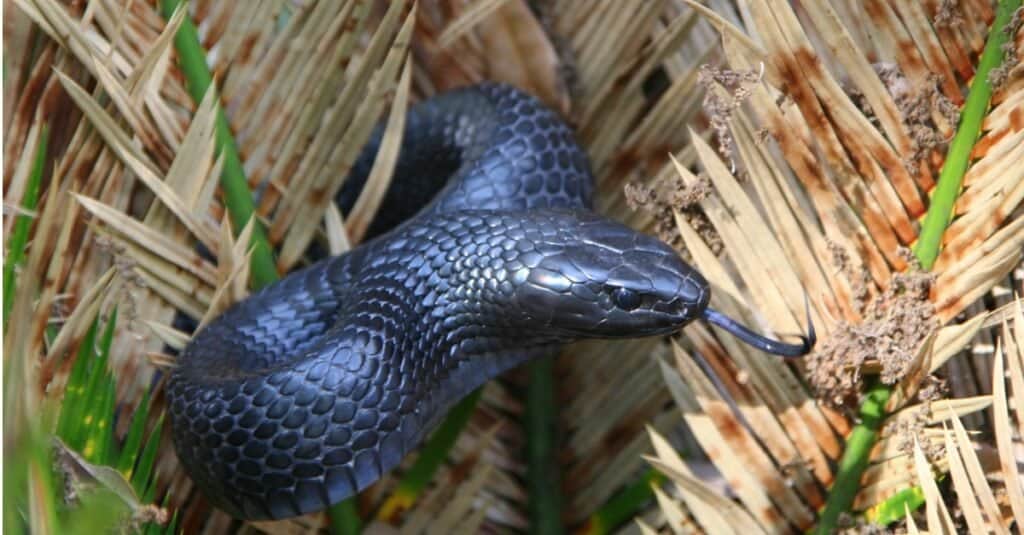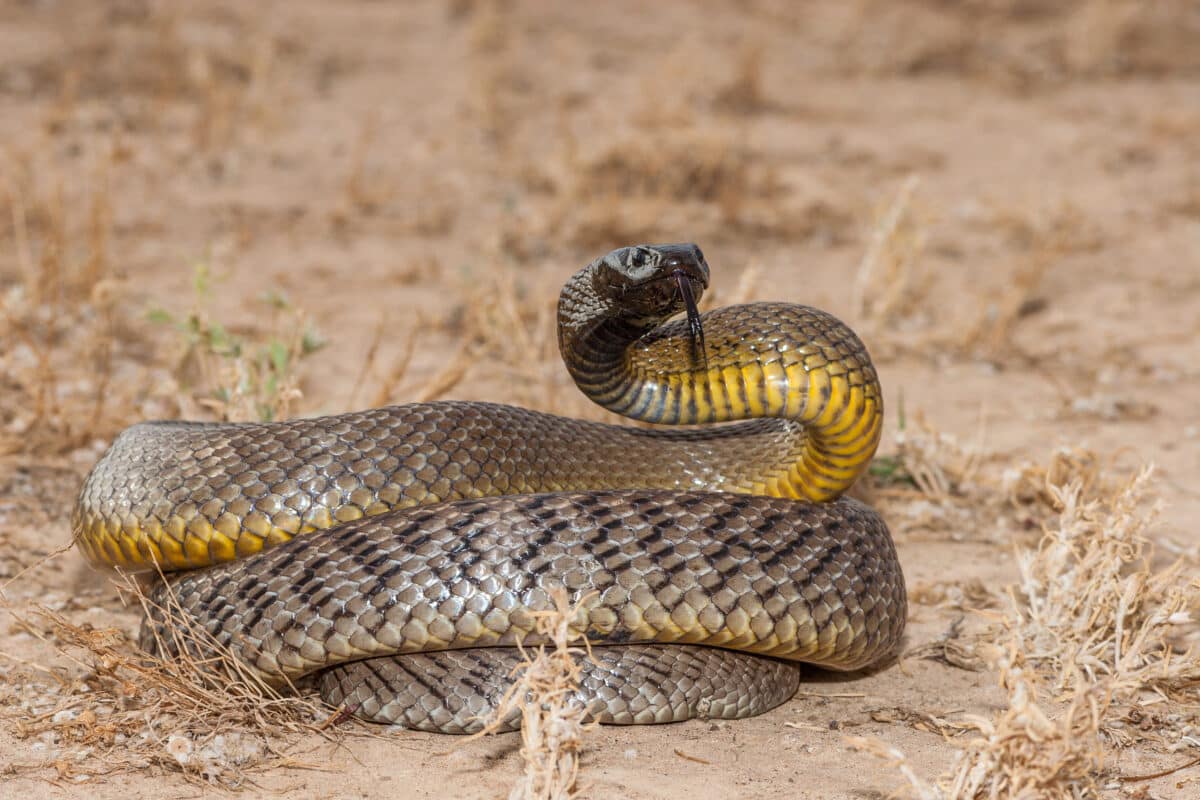Introduction
Snake attacks are a severe clinical emergency that can white crowned snake happen in different environments, particularly in regions where serpents are prevalent. In Australia alone, there are many species of poisonous serpents such as the Tiger Serpent, Eastern Brown Serpent, and King Brown Serpent. Recognizing just how to successfully take care of snake attacks is necessary for anyone that hangs around outdoors Additional resources or lives in backwoods. This short article will explore extensive first aid management methods for snake attacks and detail ideal techniques for responding to these incidents.
First Help Management of Serpent Bites: Finest Practices for each Situation
When handling a snake bite, the preliminary response can significantly affect the sufferer's end result. Immediate action is crucial since quick medical intervention commonly determines white crowned snake bite the level of injury or survival price. Here are essential emergency treatment principles to bear in mind:
Stay Calm: The very first step in handling a serpent bite is to remain tranquil. Panic can boost heart rates and enhance the spread of venom throughout the body. Call for Help: Dial emergency services instantly. Give them with your location and any information concerning the snake if possible. Keep the Target Still: Urge the victim to remain as still as possible. Motion can raise blood circulation, speeding up poison absorption into the bloodstream. Positioning: If viable, position the affected arm or leg at or listed below heart level. This positioning helps slow down venom spread. Remove Tight Clothing: Loosen up any kind of clothes or fashion jewelry around the bite website; swelling may happen quickly after a snake bite. Do Not Apply Ice/Cold Packs: Contrary to popular belief, applying ice can worsen tissue damages and need to be avoided.Understanding Snake Types and Their Habitats
Tiger Snakes and Their Habitat
Tiger snakes (Notechis scutatus) are among Australia's the majority of well-known poisonous serpents as a result of their hostile nature and potent venom.

- Habitat: They commonly live in coastal areas, wetlands, and areas with thick plant life like marshes and swamps. Risks: Awareness of regional tiger snake habitats can decrease the danger of experiencing one unexpectedly.
Eastern Brown Snakes: A Substantial Threat
The Eastern Brown Serpent (Pseudonaja textilis) is another extremely poisonous types found throughout eastern Australia.
- Habitat: This snake grows in metropolitan areas, agricultural lands, and grasslands. Behavior: Recognized for its fast strikes when threatened, understanding its actions may aid reduce encounters.
Recognizing Signs of Snake Bites
Identifying signs early can enhance possibilities of effective treatment:


- Pain and swelling around the bite site Discoloration or bruising
- Nausea or vomiting Difficulty breathing Signs of shock (e.g., light skin, rapid heart beat)
First Help Methods for Details Serpent Bites
First Help for Tiger Serpent Bite
In instance of a tiger snake bite:
Stay calmness; maintain still. Call emergency situation services immediately. Immobilize the affected limb using a splint if available. Do not try to draw out venom or apply ice.First Help for Eastern Brown Serpent Bite
For an eastern brown serpent bite:
Keep tranquility; guarantee the victim. Call emergency situation services without delay. Position them comfortably while staying clear of movement. Mark the edges of swelling with a pen if possible for observation.Creating Your Snake Bite First Aid Kit
A well-prepared emergency treatment kit can make all the distinction throughout emergencies:
|Thing|Function|| -------------------------------|---------------------------------------------------|| Compression bandages|To incapacitate limbs|| Sterilized gauze|To cover wounds|| Antihistamines|For allergies|| Emergency situation call numbers|Quick access throughout crises|| Instruction manual|Step-by-step advice on handling emergencies|
What Should You Never ever Do When Treating a Serpent Bite?
Here's a listing of common mistakes when dealing with serpent attacks:
Do not apply tourniquets; they can create even more injury than good. Avoid cutting into or trying to draw out venom from the wound. Never offer alcohol or energizers to targets as it might aggravate their condition.
FAQs About First Aid Management of Serpent Bites
1. What should I do if I see a snake?
Stay calm and retreat slowly without abrupt movements.
2. Just how do I recognize if a snake is venomous?
Research regional types' qualities; many have distinctive color scheme or markings.
3. Can I use ice on a snake bite?
No, using ice can raise cells damage.
4. How long do I have actually after being attacked prior to seeking clinical attention?
Seek medical focus instantly-- time is essential with poisonous bites!
5. Is it safe to drive myself to the healthcare facility after a bite?
No! It's harmful as signs and symptoms might aggravate en route; wait on professional help.
6. Are all serpents in Australia dangerous?
No! While Australia has many unsafe serpents, there are also non-venomous species that pose no threat.
Conclusion
The emergency treatment administration of serpent attacks calls for punctual activity integrated with knowledge regarding local varieties' habits and habitats like those of tiger snakes and eastern brown snakes in Australia. By following ideal methods detailed above-- such as continuing to be calm, calling emergency situation solutions quickly, and understanding what not to do-- you significantly boost survival possibilities after such mishaps occur.
Equipping on your own with expertise regarding different types of snakes in your area and preparing an ideal first aid set will ensure you prepare should an encounter occur-- making you far better prepared to handle this possibly deadly circumstance effectively!